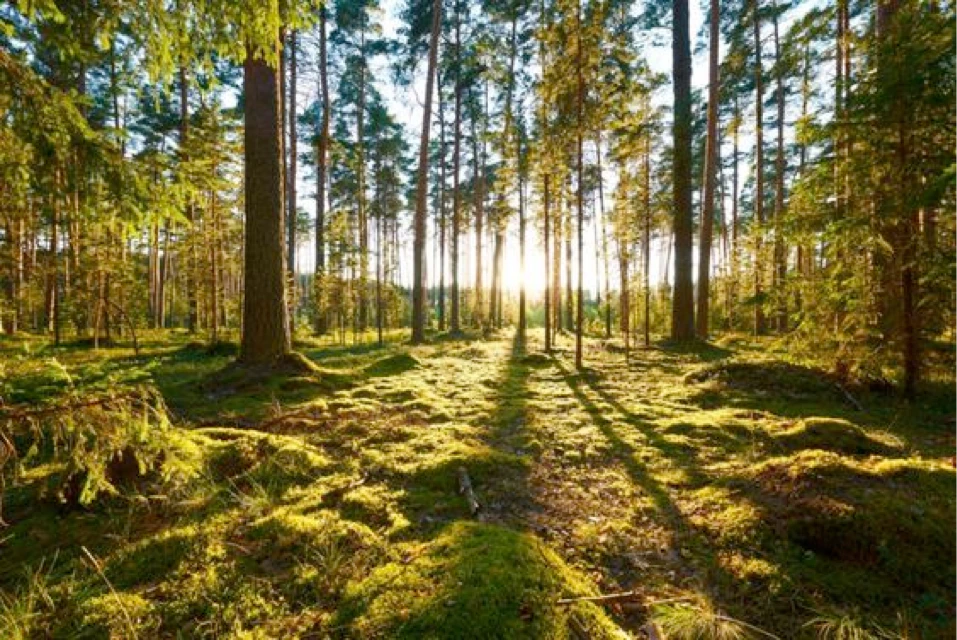Best Practice Knowledge Base
2.5 Artificial structures for wildlife

In forests with low structural or functional complexity, artificial structures can be implemented to provide critical habitat for forest-dwelling species. Such structures include bird boxes, bat roosts, log piles, and artificial hollows, designed to mimic natural shelters, among others. Specifically, they may aid species dependent on tree cavities, decomposing wood, or dense vegetation, promoting recovery for birds, mammals, and invertebrates. Such interventions are especially effective in degraded or young forests where natural habitat features, like mature trees or fallen logs, take decades to form.
I. Guidelines
| Nº | Title | Author | Year | Focus Region | Language | Summary | Link |
| 1 | Nest Boxes for Wildlife | Bush Futures | - | Australia | English | Guide for the planning, design, and installation of nesting boxes for vertebrates | https://www.tweed.nsw.gov.au/files/assets/public/v/1/documents/environment/nest-box-manual.pdf |
| 2 | Biodiversity design guidelines: Habitat structures | City of Surrey | - | UK | English | Guide for the design and establishment of various habitat structure types for biodiversity | https://www.surrey.ca/sites/default/files/media/documents/BiodiversityDesignGuidelines_HabitatStructures.pdf |
| 3 | Artificial Nesting Structures | Wildlife Habitat Council | 2008 | North America | English | Guide for the design and establishment of nesting box for a variety of bibrd species | https://cecentralsierra.ucanr.edu/files/124138.pdf |
| 4 | Manual de creación de hábitats | Ciudad de Madrid | - | Spain | English | Guide for the implementation of different artificial habitat types,including ponds, nesting boxes, rocks, and deadwood | https://www.madrid.es/UnidadesDescentralizadas/ZonasVerdes/TodoSobre/PlanBiodiversidad/ArchivosPB/11.%20Anexo%20XI.%20Manual%20de%20creaci%C3%B3n%20de%20h%C3%A1bitats.pdf |
II. Books or book chapters
| Nº | Title | Author | Chapter | Chapter author | Year | Focus region | Language | Summary | Link |
| 1 | Landscaping for wildlife in the Pacific Northwest | Link | - | - | 1999 | US | English | Detailed manual for the design and establishment of different types of habitat types in gardens | https://www.jstor.org/stable/j.ctvcwnr70 |
III. Scientific articles
| Nº | Title | Author | Year | Focus region | Language | Type | Summary | Link |
| 1 | The use of nest boxes to support bird conservation in commercially managed forests: A systematic review | Thompson et al. | 2023 | World | English | Systematic review | Global overview of scientific literature on nest boxes and bird conservation within commercially managed forests | https://www.sciencedirect.com/science/article/pii/S0378112723007387 |
| 2 | Forest structure determines nest box use by Central European boreal owls | Ševčík et al. | 2022 | Central Europe | English | Experiment | Evaluation of nest box use and breeding performance of boreal owl (Aegolius funereus) in monocultures | https://www.nature.com/articles/s41598-022-08792-y |
| 3 | Artificial habitat structures for animal conservation: design and implementation, risks and opportunities | Watchcorn et al. | 2022 | World | English | Conceptual review | General definition of artificial habitat structures and synthesis of important considerations for their effective use | https://esajournals.onlinelibrary.wiley.com/doi/10.1002/fee.2470 |
| 4 | Chainsaw-carved cavities better mimic the thermal properties of natural tree hollows than nest boxes and log hollows. | Griffiths et al. | 2018 | Australia | English | Experiment | Comparison of thermal properties among natural and artificial tree hollows for marsupials and bats | https://www.mdpi.com/1999-4907/9/5/235 |
| 5 | Artificial tree hollow creation for cavity-using wildlife – Trialling an alternative method to that of nest boxes | Rueegger | 2017 | Australia | English | Experiment | Evaluates the use of cavities carved directly into tree trunks using chainsaws | https://www.wellesu.com/10.1016/j.foreco.2017.09.062 |
| 6 | Influence of habitat structure and nest site features on predation pressure of artificial nests in Mediterranean oak forests | Díaz and Carrascal | 2006 | Spain | English | Experiment | Evaluates egg predation inside nesting boxes for different tipes of environments | https://citeseerx.ist.psu.edu/document?repid=rep1&type=pdf&doi=7b6cdbc36f55b238149998007e77e038f99f34ed |
| 7 | Evaluation of artificial nests as a conservation tool for three forest-dwelling raptors | Björklund et al. | 2013 | Finnland | English | Observational study | Compares the nesting success of raptor bird species in natural and artificial nests | https://zslpublications.onlinelibrary.wiley.com/doi/10.1111/acv.12028 |
| 8 | Potenziale und Wirkungen künstlich angelegter Baummikrohabitate | Großmann et al. | 2024 | Germany | German | Narrative review | Describes the state of the art on the use of artificial microhabitats in forests and their effects | https://www.natur-und-landschaft.de/aktuelles/news/potenziale-und-wirkungen-kuenstlich-angelegter-baummikrohabitate |

